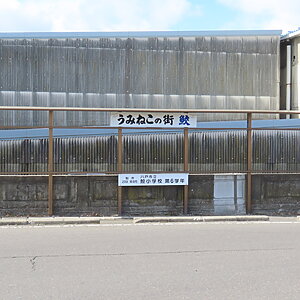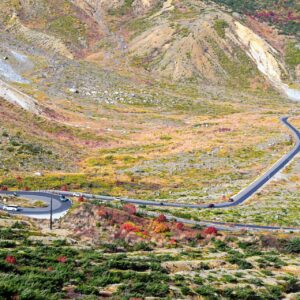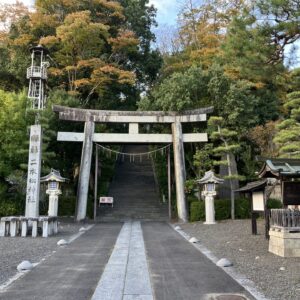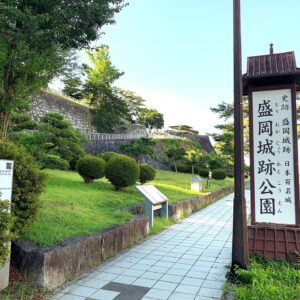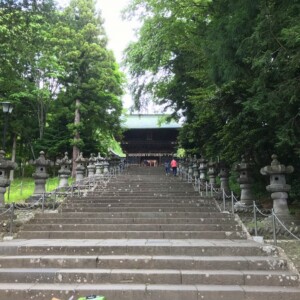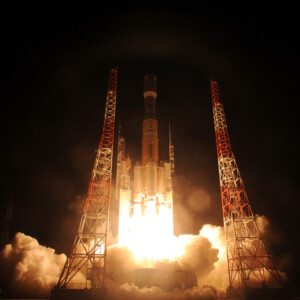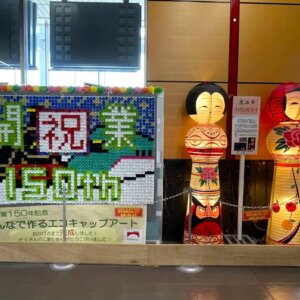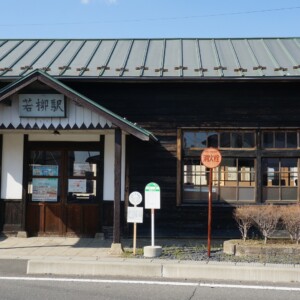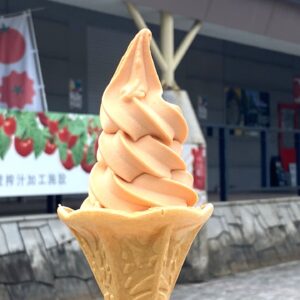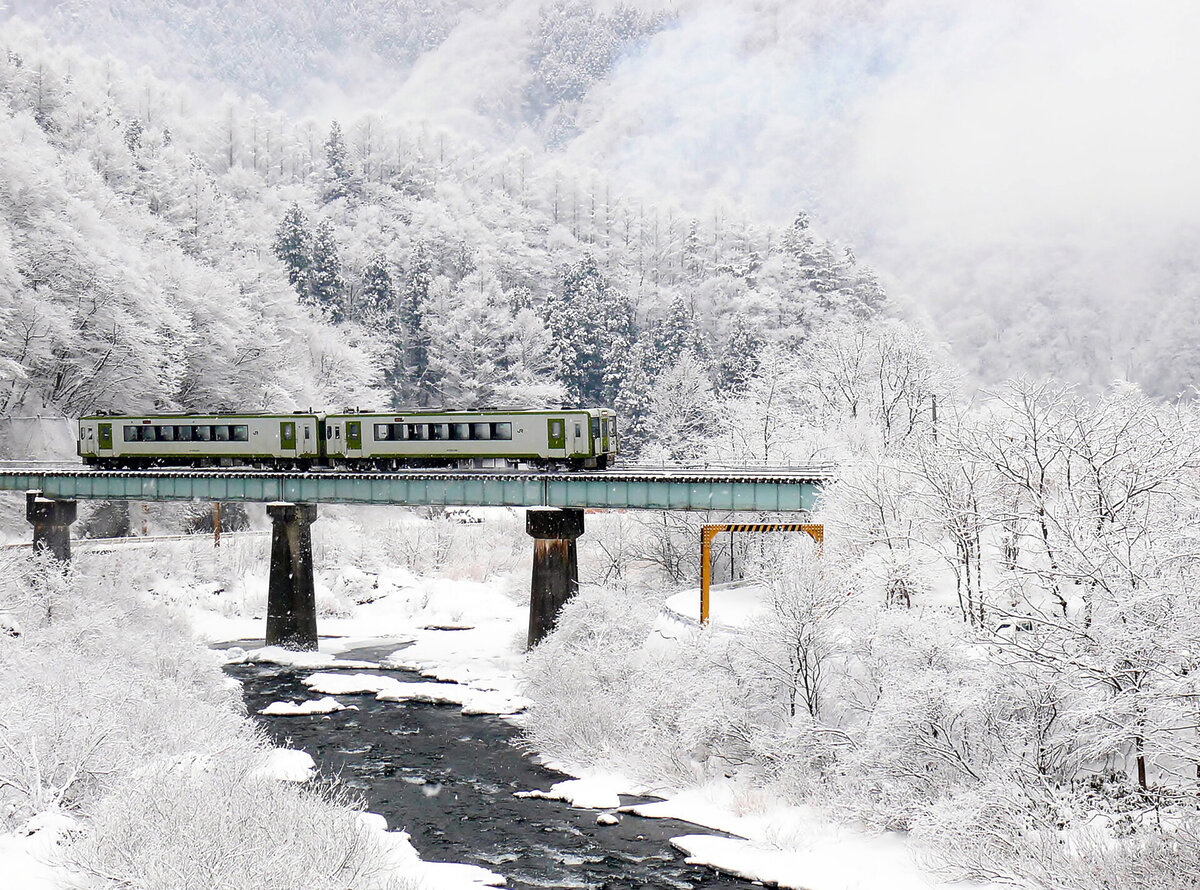
The Yamada Line's path was asked, "Are you planning to ride a monkey?" [Iwate Prefecture]
table of contents
There is a railway line for which it is said that
when the construction was planned, people were asked, ``Are you planning on letting monkeys ride on it? The JR Yamada Line runs through Iwate Prefecture .
This time we will introduce what kind of line the Yamada Line is, its history and current situation.
What is the JR Yamada Line?
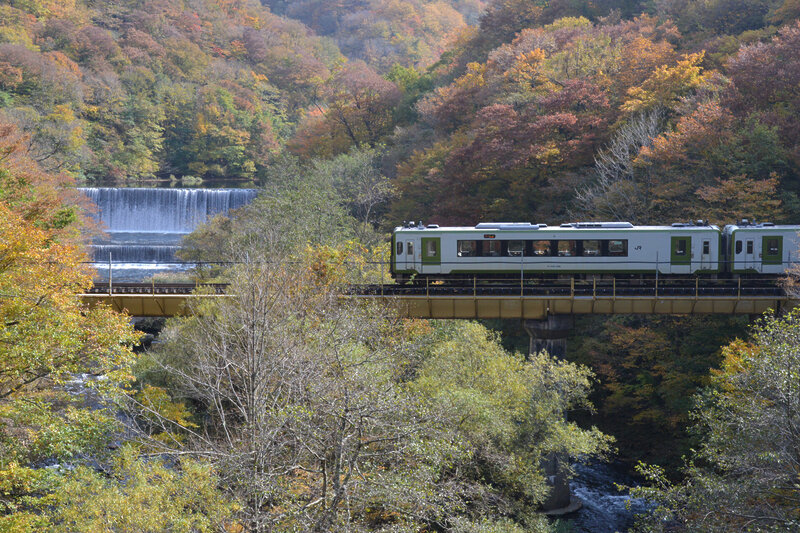
The Yamada Line is a JR East line that connects Morioka Station in Iwate Prefecture to Miyako Station on the Pacific coast.
Previously, the line continued beyond Miyako Station, but now the entire line runs through Iwate Prefecture, including the Yamada Line
The name Yamada Line comes from the fact that the line was built to reach
Yamada Town in Shimohei District . The Railway Construction Law promulgated in 1892 stipulated that the government would construct a railway from Morioka Station (using the current station name), via Miyako Station, to Rikuchu-Yamada Station on the Pacific coast. .
However, because the section between Morioka Station and Miyako Station required crossing Kuzakai Pass in the Kitakami Mountains, concrete construction plans did not come to fruition.
Construction was finally decided upon in 1920 when Takashi Hara, a native of Iwate Prefecture famous for being called the "commoner prime minister," became prime minister, and the section from Morioka Station to Rikuchu-Yamada Station opened from 1923 to 1935. will be realized.
According to the revised Railway Construction Act promulgated in 1922, the section south of Rikuchu-Yamada Station was to be constructed as part of the railway that would run from Yamada to Ofunato via Kamaishi.
The section from Rikuchu Yamada Station to Kamaishi Station was extended from 1936 to 1939.
The section from Morioka Station to Kamaishi Station via Miyako Station and Rikuchu-Yamada Station was the "Yamada Line" from 1939 to 2019.
Yamada Line: ``Are you planning on letting even monkeys ride?''
The section between Morioka Station and Miyako Station crosses mountainous terrain, so even in the Taisho era, when construction of the Yamada Line was decided, it was a sparsely populated section.
For this reason, when the Imperial Diet (the predecessor of the current Diet) was debating whether or not to build the Yamada Line, an opposition lawmaker criticized Prime Minister Hara and said, `` Does the Prime Minister intend to build a railway in such a place and let even monkeys ride it? '' is said to have responded by saying,
``If you read the railway regulations, you will understand that monkeys are not allowed on trains However, this statement appears to be nothing more than a myth, as the relevant remarks are not recorded in the stenography of the Imperial Diet (*).
*As a side note, from the first plenary session of the Japanese Imperial Diet held in 1890, not only minutes summarizing the statements made by the attendees were created, but also a stencil record recording all the statements made. Masu.
This is said to be one of the great features of the Imperial Diet.
From a global perspective, it is no wonder that what was discussed at a national meeting is recorded word for word, and even today, more than 130 years later, anyone can view it on the Internet.
However, Koreki Nakamura, a member of the House of Peers, was extremely opposed, saying, ``The area from Morioka to Yamada is a rolling wilderness where monkeys can live, and the state is spending huge amounts of money to transport monkeys.'' '' was reported in a newspaper at the time by a certain person.
Even if Prime Minister Hara's statement that ``we are not allowed to carry monkeys'' is not true, there is a possibility that it is true that the Yamada Line was asked, ``Are you planning on allowing even monkeys?' '
I believe that the words that Prime Minister Hara is said to have said were spread by the person mentioned earlier.
However, when the Yamada Line opened, trains between Morioka Station and Miyako Station became extremely crowded.
There is no doubt that the population along this section was sparse, but there was strong demand for transportation between Morioka and Miyako.
Additionally, the Kamaishi Line, which connects Hanamaki Station and Kamaishi Station in Iwate Prefecture, was completed in 1950 after the war, so the Yamada Line plays a very important role as a line connecting Iwate Prefecture's inland areas and the Pacific coast. It was.
The Yamada Line is frequently hit by disasters.
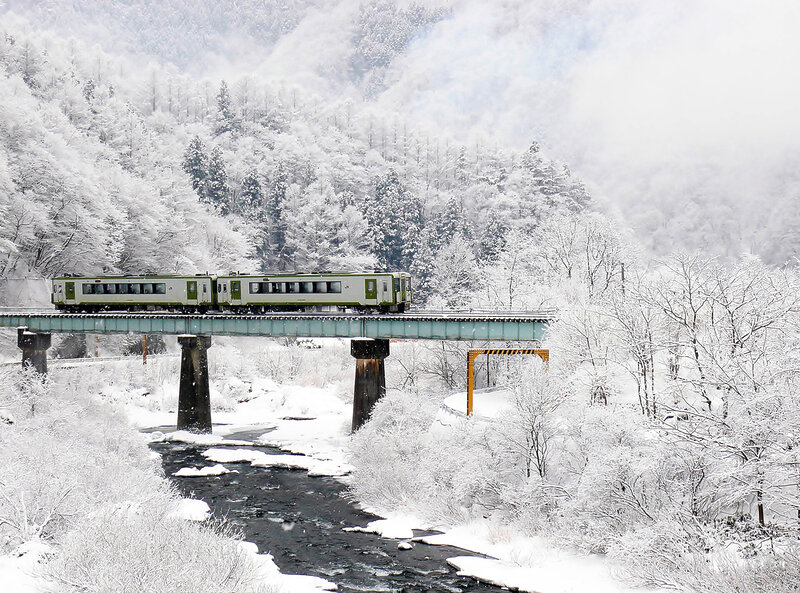
Although the Yamada Line plays an important role in Iwate Prefecture's transportation network, it has often been hit by natural disasters.
In 1937, operations were suspended due to heavy snowfall, and in 1944, an avalanche washed away the railway bridge, causing an accident in which a freight train fell.
After the war, in 1947, the line was hit by landslides caused by Typhoon Kathleen, and it took half a year to resume operation on the entire line.
The following year, in 1948, the line was again affected by Typhoon Aion, which caused damage such as the bridge being washed away, and it took six years for the entire line to resume operation .
The long-term suspension of the Yamada Line is said to have increased the momentum for construction of the Kamaishi Line mentioned earlier.
With the opening of the Kamaishi Line, which also served as a link between the inland area of Iwate Prefecture and the Pacific coast, the importance of the Yamada Line for both passenger and freight transportation declined.
In 1980, the line was suspended for less than five months as a result of landslides caused by torrential rains.
These frequent natural disasters will greatly influence the fate of the Yamada Line.
Trains that ran on the Yamada Line
Since its opening, a variety of trains have been operated on the Yamada Line, which connects the inland of Iwate Prefecture and the Pacific coast.
Rikuchu ' connects Sendai Station, Morioka Station, and Akita Station via the Kamaishi Line, Yamada Line, and Hanawa Line, etc. , and the express train ``Rikuchu'' runs from Morioka Station. Goyo is a circular train that returns to Morioka Station via the Tohoku Main Line, Kamaishi Line, and Yamada Line, and Sotoyama which goes in the opposite direction of Goyo .
There are explanatory articles for each train, so please take a look.
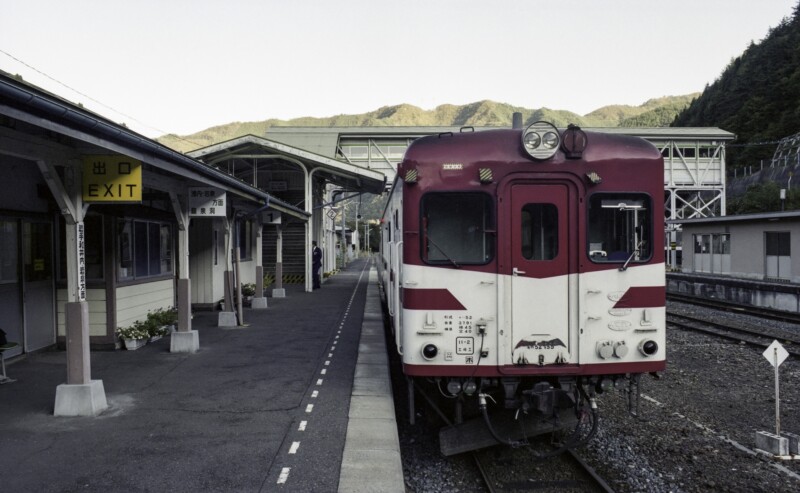
Also, a picture book by the late Tadayoshi Yamamoto, published by Fukuinkan Shoten Shuppatsu Shinkou! '', there are parts that appear to have been modeled on the
Yamada Line between Morioka Station and Moichi Station, as well as on the express trains running on the Yamada Line See this article for more details.
Great East Japan Earthquake
During the Great East Japan Earthquake that occurred on March 11, 2011, equipment on the Yamada Line, which runs along the Pacific coast, between Miyako Station and Kamaishi Station was seriously damaged.
For the disaster-stricken sections, instead of restoring the railway, consideration is being given to introducing the BRT system, which would involve tearing out the tracks and building a bus-only road for buses to run on.
it was decided that
the line would be transferred to Sanriku Railway, a third-sector railway operator funded by Iwate Prefecture and others On March 23, 2019, train service resumed between Miyako Station and Kamaishi Station as the " Sanriku Railway Rias Line " for the first time in eight years, and is separate from the section that remains as the JR Yamada Line between Morioka Station and Miyako Station. I decided to move forward with this.
Yamada Line no longer goes to Yamada Town
As the name suggests, the Yamada Line was originally built with the aim of reaching Yamada Town, but Rikuchu Yamada Station is included between Miyako Station and Kamaishi Station, which was transferred to Sanriku Railway.
Therefore, the JR Yamada Line has become Yamada Line that cannot go to Yamada
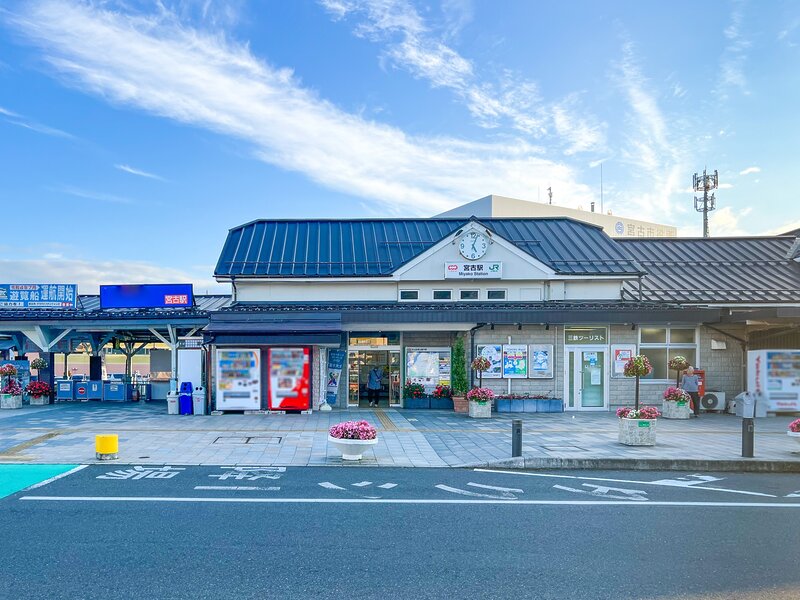
The population along the line between Morioka Station and Miyako Station was originally small, and the number of users of the Yamada Line continues to decline.
The number of users per 1 km per day (average number of people passing through) in 2023, as published by JR East, is 227 people between Morioka Station and Kamiyonai Station, and 71 people between Kamiyonai Station and Miyako Station. , 87 people in the entire section between Morioka Station and Miyako Station.
This is
the lowest number among JR East's routes The environment along the line, which caused people to ask, ``Are you planning on letting monkeys ride on the train?'' has now become a real problem, more than 100 years after construction of the Yamada Line began.
In addition, there is still demand for transportation between Morioka City and Miyako City, but the Yamada Line is in competition with the 106 Limited Express Bus and 106 Express Bus, which operate on National Route 106 parallel to the Yamada Line. The reality is that the Yamada Line, which is inferior in terms of time and frequency, is struggling.
Since the Miyako-Morioka Crossing Road opened in 2021, the number of people using their own cars to get around is likely to have increased.
The Yamada Line is in even more trouble.
But we are not left to decline.
For example, Morioka City is working to promote the use of the Yamada Line by publishing pamphlets that introduce its appeal and how to use it.
In addition, Iwate Prefectural Kita Motor, which operates the rival 106 bus, and JR East will collaborate to conduct a demonstration experiment to improve convenience from April 1, 2024 to March 31, 2025. I am.
The outline of the experiment is to allow you to ride the 106 bus with a JR ticket.
Although we cannot predict what conclusions will be drawn from this demonstration experiment, we hope that the results will lead to improvements in the use of public transportation, not just the Yamada Line.
The Yamada Line was also damaged by heavy rain in August 2024, and as of writing this article in early December, service is still suspended between Kamimenai Station and Miyako Station.
Fortunately, the line will not be discontinued, and it has been announced that it will resume operation on December 20th, with special trains scheduled to be operated around the year-end and New Year holidays.
I hope that Yamada Line trains will continue to run despite repeated disasters and difficult conditions.


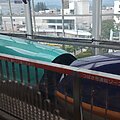




![The specialty of Genbikei, "Flying Dango," is definitely worth a visit! Delicious activities! [Ichinoseki City, Iwate Prefecture] Genbikei bus stop](https://jp.neft.asia/wp-content/uploads/2017/04/IMG_5931-150x150.jpg)
![Bottle Don is the definitive Sanriku souvenir that looks delicious! [Iwate Prefecture] Bottle don (abalone, scallop, salmon roe)](https://jp.neft.asia/wp-content/uploads/2023/06/IMG_5048-150x150.jpg)
![Ryusen-no-no-no-no-no-no-no-no-no-no-no-no-no-no-no-no-no-no-no-no-no-no-no-no-no-no-no-no-no-no-no-no-no-no-no-no-no-no-no-no-no-no-no-no-no-no-no-no-no-no-no-no-no-no-no-no-no-no-no-no-no-no-no-no-no-no-no-no-no-no-no-no-no-no-no-no-no-no-no-no-no-no-no-no-no-no-no-no-no-no-no-no-no-no-no-no-no-no-no-no-no-no-no-no-no-no-no-no-no-no-no-no-no-no-no-no-no-no-no-no-no-no-no-no-no-no-no-no-no-no-no-no-no-no-no-no-no-no-no-no-no-no-no-no-no-no-no-no-no-no-no-no-no-no-no-no-no-no-no-no-no-no-no-no-no-no-no-no-no-no-no-no-no-no-no-no-no-no-no-no-no-no-no-no-no-no-no-no-no-no-no-no-no-no-no-no-no-no-no-no-no-no-no-no-no-no-no-no-no-no-no-no-no-no-no-no-no-no-no-no-no-no-no-no-no-no-no-no-no-no-no-no-no-no-no-no-no-no-no-no-no-no-no-no-no-no-no-no-no-no-no-no-no-no- [Iwate Prefecture] Ryusendo Cave (first underground lake)](https://jp.neft.asia/wp-content/uploads/2023/07/PXL_20230512_052246926.NIGHT_-150x150.jpg)
![[Series ②: The role of the previous nine years and the role of the second three years] The role of the previous nine years is from the truce to the battle again, and the Kokufu army is struggling Taga Castle Ruins](https://jp.neft.asia/wp-content/uploads/2023/11/a0b8b1213124e7a13c7308fa81e053a2-150x150.jpg)
![[Iwate Prefecture] Soft-serve ice cream with sake, miso and wasabi flavor! Why are the soft serve ice cream eaten at roadside stations so delicious? There's also school lunches! Iwate Prefecture Catch](https://jp.neft.asia/wp-content/uploads/2025/06/915fd0ce722ab0f21e74864401170847-150x150.jpg)
![Tateishi-ji Temple, a corner of the four temple corridors, including Chuson-ji Temple, Mokoshi-ji Temple, and Zuigan-ji Temple [Yamagata Prefecture] Yamadera Risshakuji Temple](https://jp.neft.asia/wp-content/uploads/2016/09/26668581_m-150x150.jpg)

!["Negaseki" is one of the three ancient Oshu sekies that surpasses Minamoto Yoshitsune and Matsuo Basho [Tsuruoka City, Yamagata Prefecture] 3809167_m](https://jp.neft.asia/wp-content/uploads/2023/02/3809167_m-150x150.jpg)
